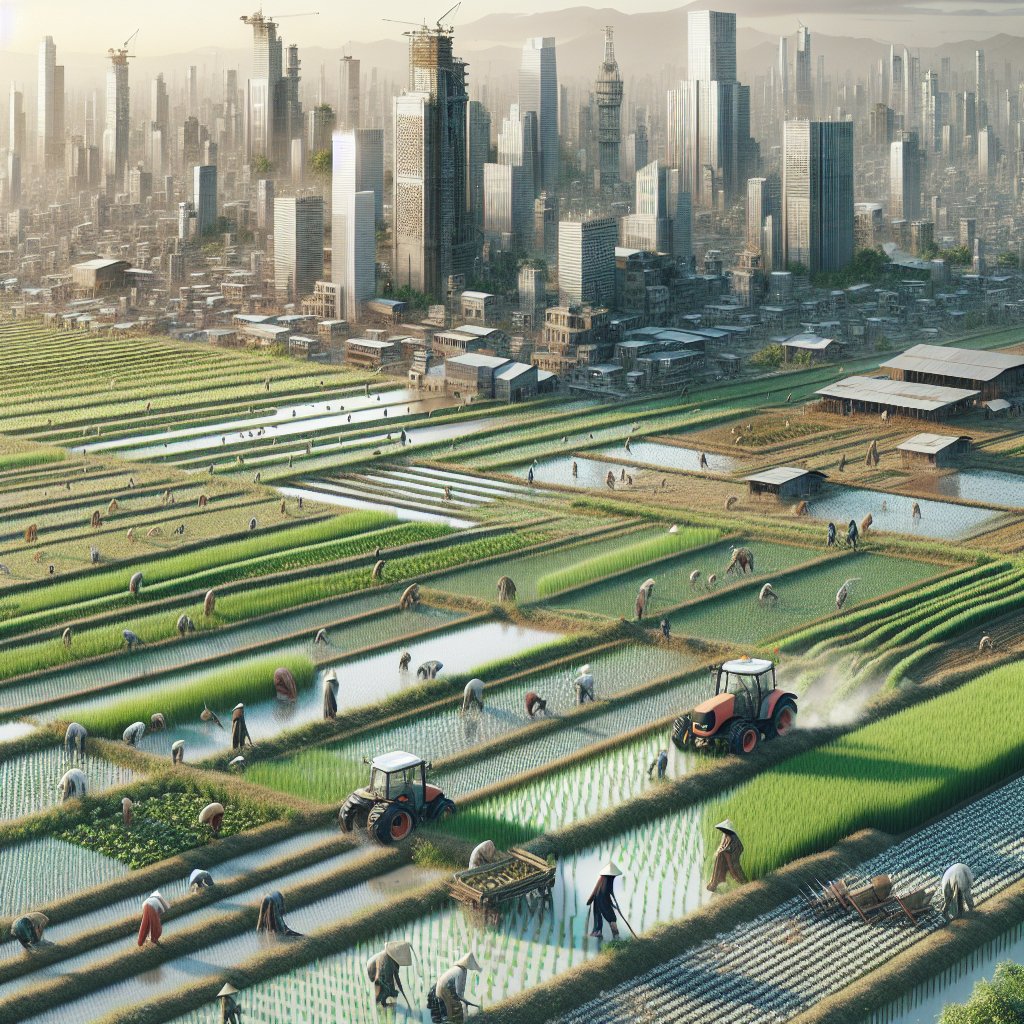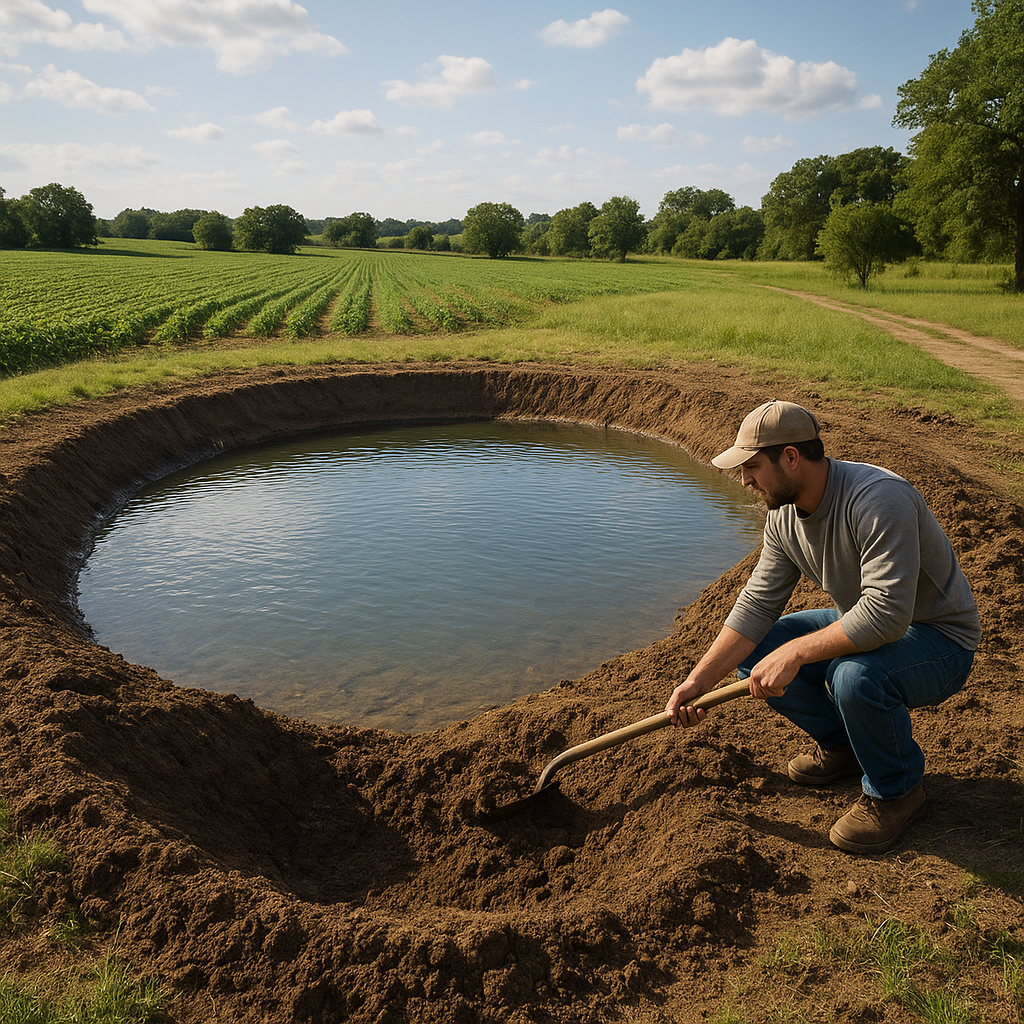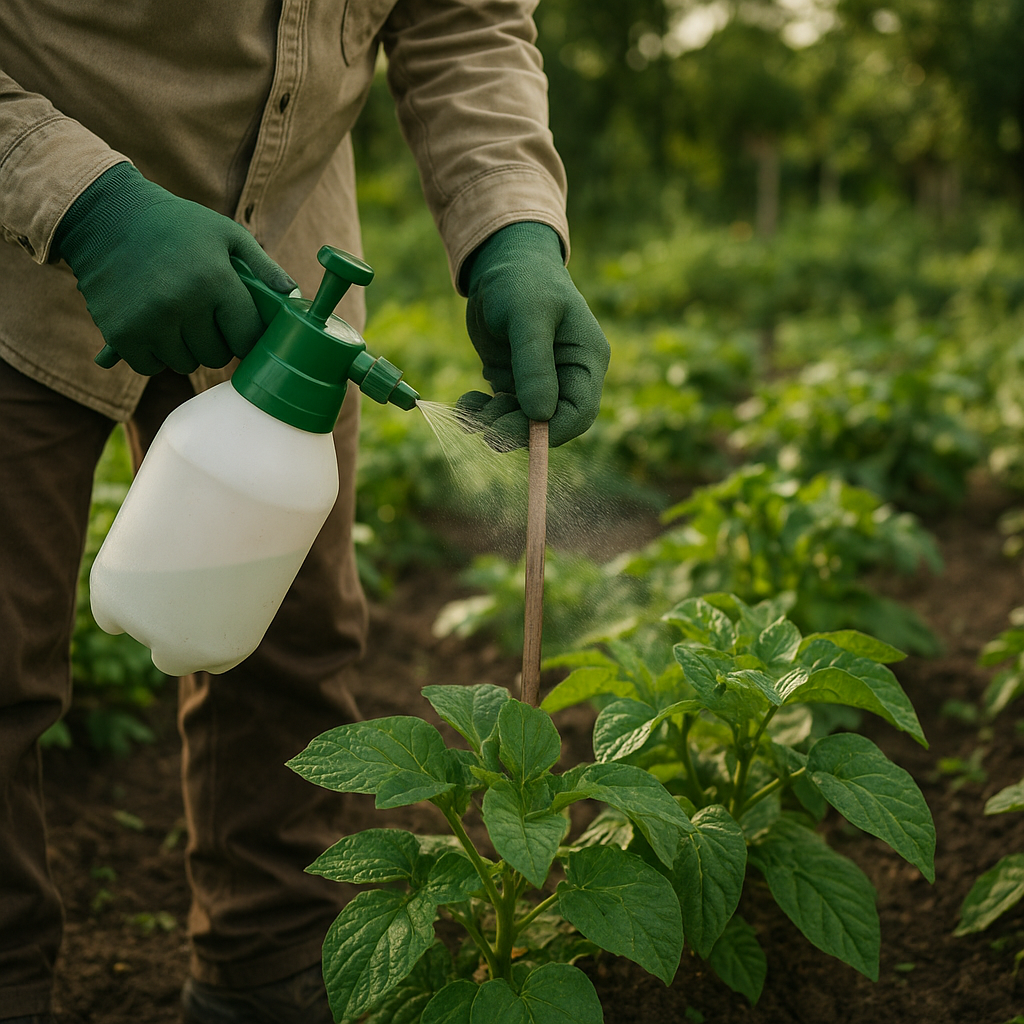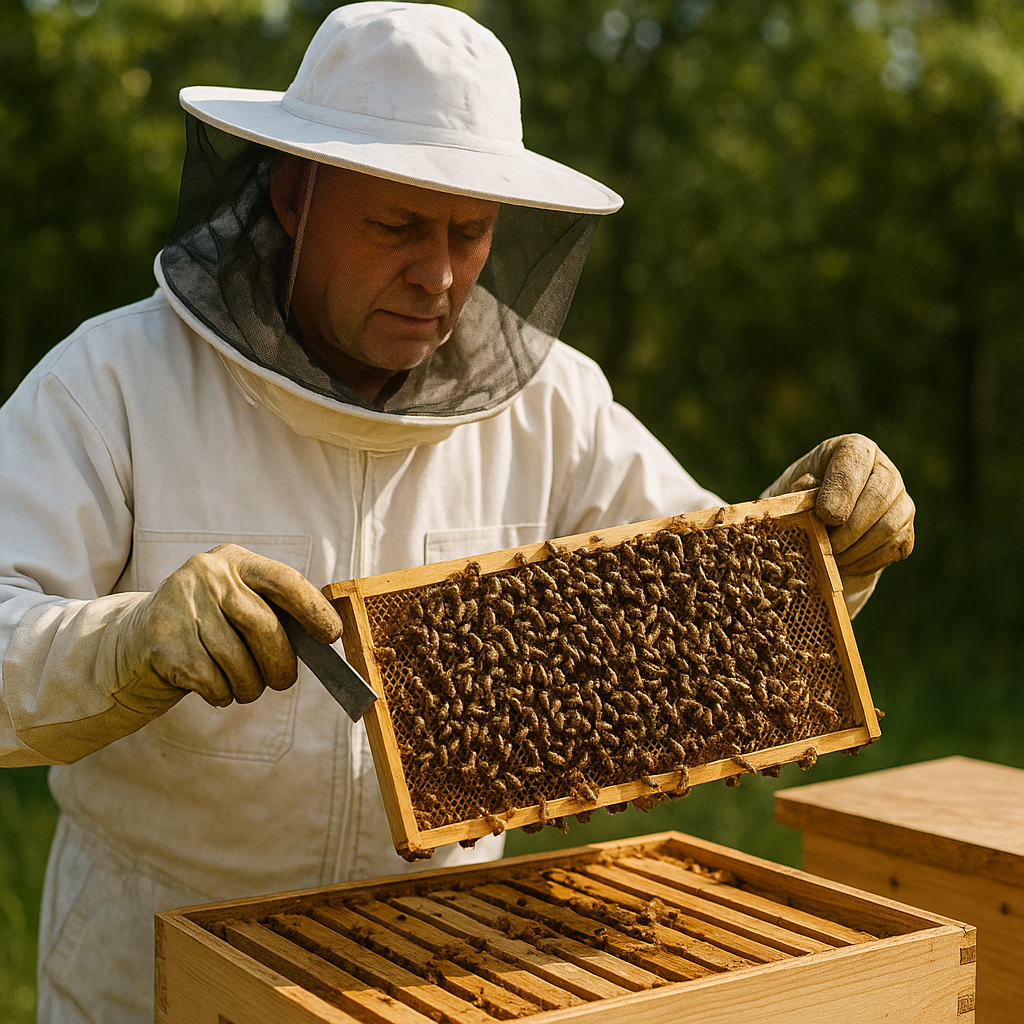The impact of global population growth on farming is a pressing issue that demands attention from policymakers, farmers, and consumers alike. As the world’s population continues to rise, the agricultural sector faces unprecedented challenges and opportunities. This article explores the implications of population growth on farming practices, food security, and sustainable agriculture, while also examining innovative solutions that can help meet the demands of a growing population.
Understanding Global Population Growth
Global population growth has been a significant trend over the past century, with the world population reaching approximately 8 billion in 2022. This rapid increase is attributed to various factors, including advancements in healthcare, improved living conditions, and increased agricultural productivity. However, this growth also brings about a series of challenges that directly impact farming and food production.
As the population expands, the demand for food rises correspondingly. The Food and Agriculture Organization (FAO) estimates that food production must increase by 70% by 2050 to meet the needs of the projected 9.7 billion people. This demand places immense pressure on farmers to enhance productivity while also addressing environmental concerns and sustainability.
Challenges Faced by Farmers
Farmers are confronted with several challenges as they strive to meet the increasing food demand. Some of the most pressing issues include:
- Land Scarcity: Urbanization and industrialization have led to the conversion of agricultural land into residential and commercial areas. This loss of arable land makes it difficult for farmers to expand their operations and produce more food.
- Water Shortages: Agriculture is a water-intensive industry, and with the growing population, the competition for water resources intensifies. Climate change further exacerbates this issue, leading to unpredictable weather patterns and droughts.
- Soil Degradation: Intensive farming practices can lead to soil erosion, nutrient depletion, and loss of biodiversity. Maintaining soil health is crucial for sustainable farming, yet many farmers struggle to implement effective soil management practices.
- Climate Change: The agricultural sector is both a contributor to and a victim of climate change. Rising temperatures, changing precipitation patterns, and extreme weather events can disrupt crop yields and threaten food security.
Innovative Solutions for Sustainable Farming
To address the challenges posed by global population growth, the agricultural sector must adopt innovative solutions that promote sustainability and efficiency. Several strategies can be implemented to enhance food production while minimizing environmental impact:
1. Precision Agriculture
Precision agriculture utilizes technology to optimize farming practices. By employing tools such as GPS, drones, and sensors, farmers can monitor crop health, soil conditions, and water usage more effectively. This data-driven approach allows for targeted interventions, reducing waste and increasing yields.
2. Sustainable Farming Practices
Implementing sustainable farming practices, such as crop rotation, cover cropping, and agroforestry, can improve soil health and biodiversity. These methods not only enhance productivity but also contribute to environmental conservation by reducing the reliance on chemical fertilizers and pesticides.
3. Vertical Farming
Vertical farming is an innovative approach that involves growing crops in stacked layers, often in controlled indoor environments. This method maximizes space and minimizes land use, making it a viable solution for urban areas where land is scarce. Additionally, vertical farms can utilize hydroponics and aeroponics, reducing water consumption significantly.
4. Biotechnology
Advancements in biotechnology, such as genetically modified organisms (GMOs) and CRISPR technology, offer potential solutions to enhance crop resilience and yield. By developing crops that can withstand extreme weather conditions, pests, and diseases, farmers can ensure a more stable food supply in the face of climate change.
5. Community-Supported Agriculture (CSA)
Community-supported agriculture is a model that connects consumers directly with local farmers. By purchasing shares in a farm’s harvest, consumers provide farmers with upfront capital, reducing financial risks. This model promotes local food systems, reduces transportation emissions, and fosters a sense of community.
The Role of Policy and Education
Addressing the impact of global population growth on farming requires a collaborative effort from governments, educational institutions, and agricultural organizations. Policymakers must create supportive frameworks that encourage sustainable practices and provide resources for farmers to adapt to changing conditions.
1. Investment in Research and Development
Investing in agricultural research and development is crucial for finding innovative solutions to the challenges faced by farmers. Governments and private sectors should collaborate to fund research initiatives that focus on sustainable farming practices, climate resilience, and food security.
2. Education and Training
Providing education and training for farmers is essential to equip them with the knowledge and skills needed to implement sustainable practices. Extension services and workshops can help farmers understand the benefits of precision agriculture, soil management, and crop diversification.
3. Promoting Sustainable Policies
Governments should promote policies that incentivize sustainable farming practices, such as subsidies for organic farming, conservation programs, and support for local food systems. By creating a favorable policy environment, farmers will be more likely to adopt practices that benefit both their operations and the environment.
Conclusion
The impact of global population growth on farming is a multifaceted issue that requires immediate attention and action. As the world population continues to rise, the agricultural sector must adapt to meet the increasing demand for food while addressing environmental concerns. By embracing innovative solutions, promoting sustainable practices, and fostering collaboration among stakeholders, we can create a resilient agricultural system that ensures food security for future generations. The path forward is challenging, but with commitment and creativity, it is possible to build a sustainable future for farming in the face of global population growth.




